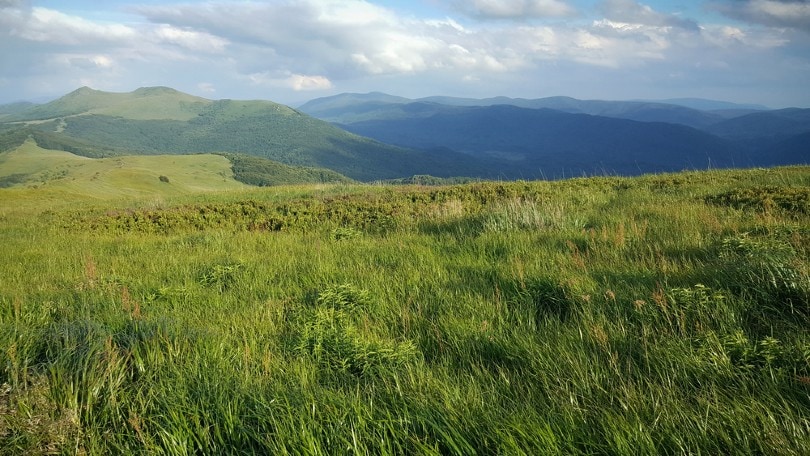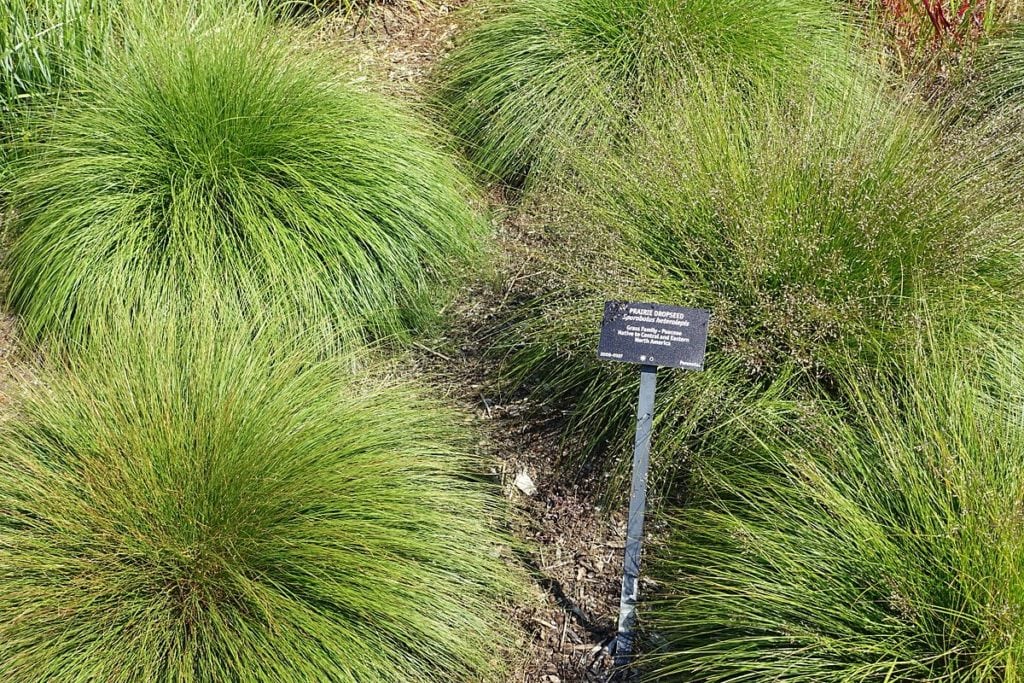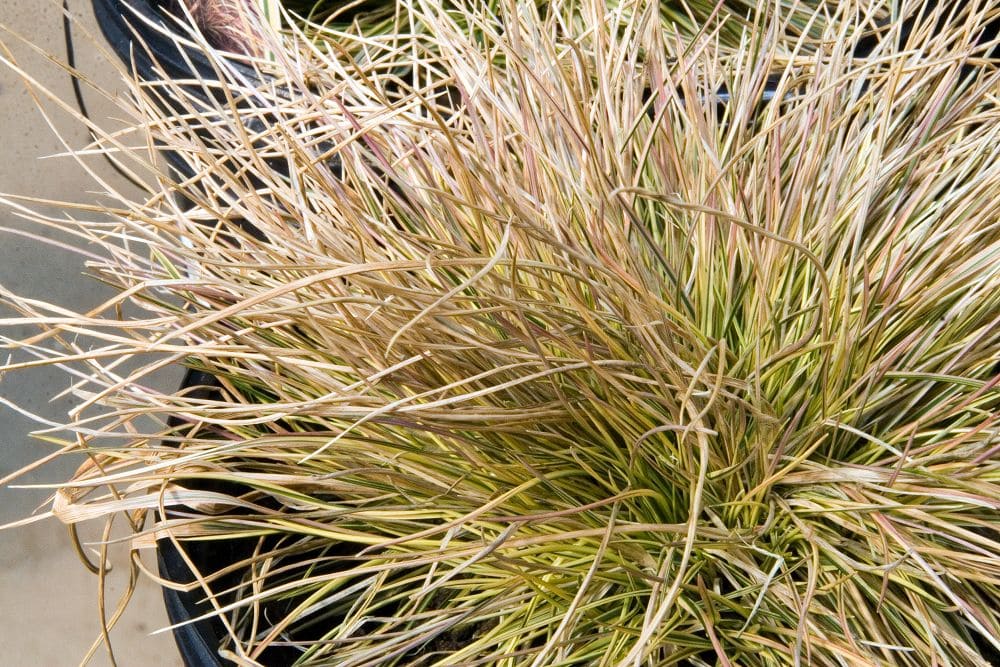6 Types of Wild Grass & What You Need To Know! (With Pictures)
-
Codee Chessher
- Last updated:

Most people are probably familiar with the types of grass that grow on a lawn, but few know about the large variety of wild grasses in the US. Many types grow tall, and others are small and shade-tolerant, giving them great versatility in garden spaces and other outdoor areas. Wild grass is a great way to add some color or dimension to your garden without the commitment that other plants might require. Let’s take a look at a few types of wild grass and what they’re like.

The 6 Types of Wild Grass
1. Indian Grass
| Shade tolerant: | No |
| Ideal soil: | Loamy soil |
| Native to: | North America |
Loved by livestock everywhere, this tall grass once covered a third of all land in North America. Indian Grass can be identified by its golden plume-like seedhead. Later in the year, the grass turns a rich golden-red color, which is especially beautiful paired with blue or green grasses or plants.
Indian Grass has a habit of growing as tall as 6–8 feet tall, and it’s still found in many parts of the Midwest. It prefers full sun and loamy soil, though it’s hardy and will grow in virtually any soil conditions.
2. Switchgrass
| Shade tolerant: | Partially |
| Ideal soil: | Sandy, clay, or loamy soil |
| Native to: | North America |
Often seen alongside Indian grass, Switchgrass is native to Canada, the US, and Mexico. It’s considered an important grass by the USDA because it stabilizes soil and prevents erosion in important agricultural areas. Its gently swaying golden stalks serve as windbreaks across the Great Plains area and other parts of the Midwest.
Switchgrass blooms are purplish-red in early fall, then ranges from deep burgundy to yellow throughout the rest of the year. This grass is perfect for areas that suffer from soil erosion or to break up large areas with its 6–8 feet stalks.
3. Little Bluestem
| Shade tolerant: | Partially |
| Ideal soil: | Well-draining soil |
| Native to: | North America |
Little Bluestem is a shorter wild grass that only grows up to 3 feet tall but is found in every lower 48 US state except Nevada. The grass starts a gentle blue color, which gradually transitions to a gorgeous bronze in the winter. Little Bluestem is found in so many areas because it can adapt to nearly any soil type, which makes it perfect for larger gardens.
We wouldn’t recommend using this in a small garden because it seeds very easily, so it’s apt to try and take over gardens. For wide areas that could use an ornamental touch, though, it’s perfect.
4. Prairie Dropseed

| Shade tolerant: | Partially |
| Ideal soil: | Sandy or loamy soil |
| Native to: | North America |
Prairie Dropseed is some of the most refined grass among all wild grasses, and its outwardly curving leaves give it a lush, fairytale appearance. Despite that, this grass can stand surprising periods of drought. This is a big favorite among birds, who prize it for its seed.
In the summer, its blooms get 2–3 feet taller than the grass itself. This makes it a great grass to plant alongside cobblestone paths or other ornate scenery.
5. Tufted Hair Grass

| Shade tolerant: | Moderately |
| Ideal soil: | Clay, loamy, or sandy soil |
| Native to: | North America |
This ornamental grass is one of the best grasses for shady areas, with fine flowers that grow several feet above dense green tussocks. Tufted hair grass starts green, then turns golden into the fall and winter. Many butterfly species lay their larvae to feast on this grass.
You’ll see this along a lot of shorelines and riverbanks because it’s great for stabilizing soil from wind erosion. In gardens, tufted hair grass is perfect as shade garden grass.
6. Inland Sea Oats
| Shade tolerant: | Yes |
| Ideal soil: | Clay |
| Native to: | The US and Mexico |
One of the more striking wild grasses, Inland Sea Oats has large oat-like seedheads that hang from gently arched branches. This grass is endemic to many floodplains, woodland rivers, and riverbanks. The seedheads are available half the year, from June to January.
Inland Sea Oats are one of the best plants to grow in a shade garden because they tolerate shade extremely well, as long as they’re kept watered. Consider pairing this with tufted hair grass for even more visual breadth.
Conclusion
Wild grasses may not be the most exciting type of plant, but they have a great natural beauty that makes them a great addition to many gardens and other natural areas. Many wild types of grass get even more beautiful in the fall and winter, unlike other plants.
Featured Image Credit: slavcic, Shutterstock
Contents
